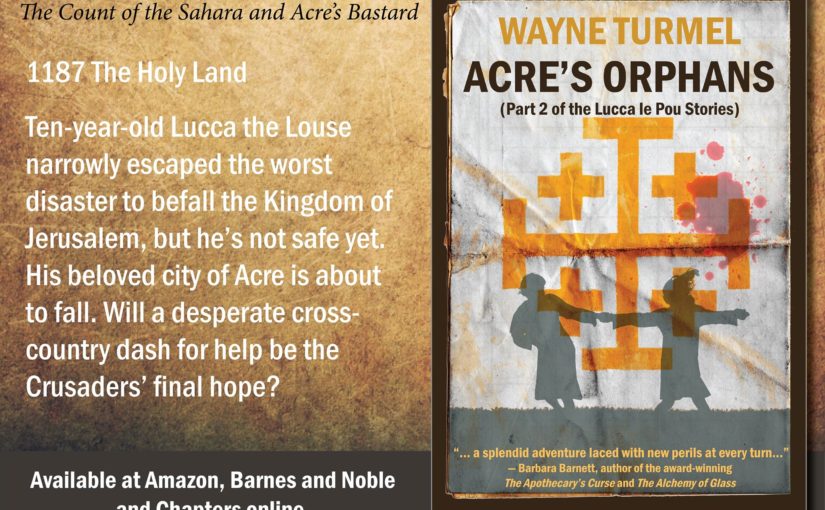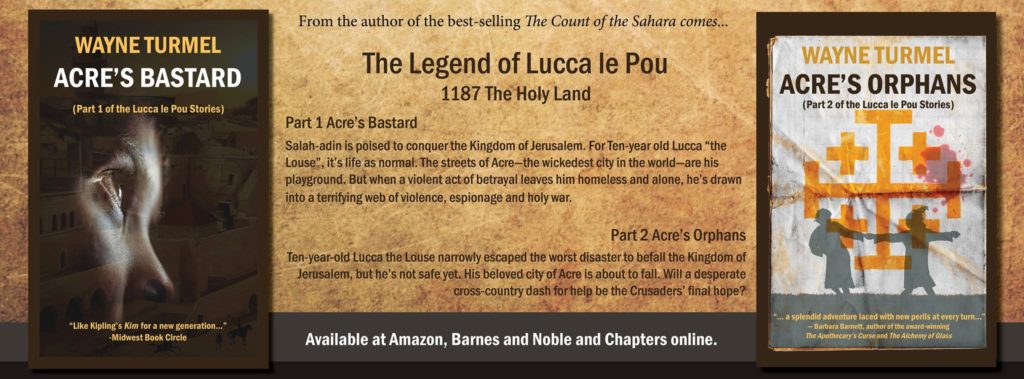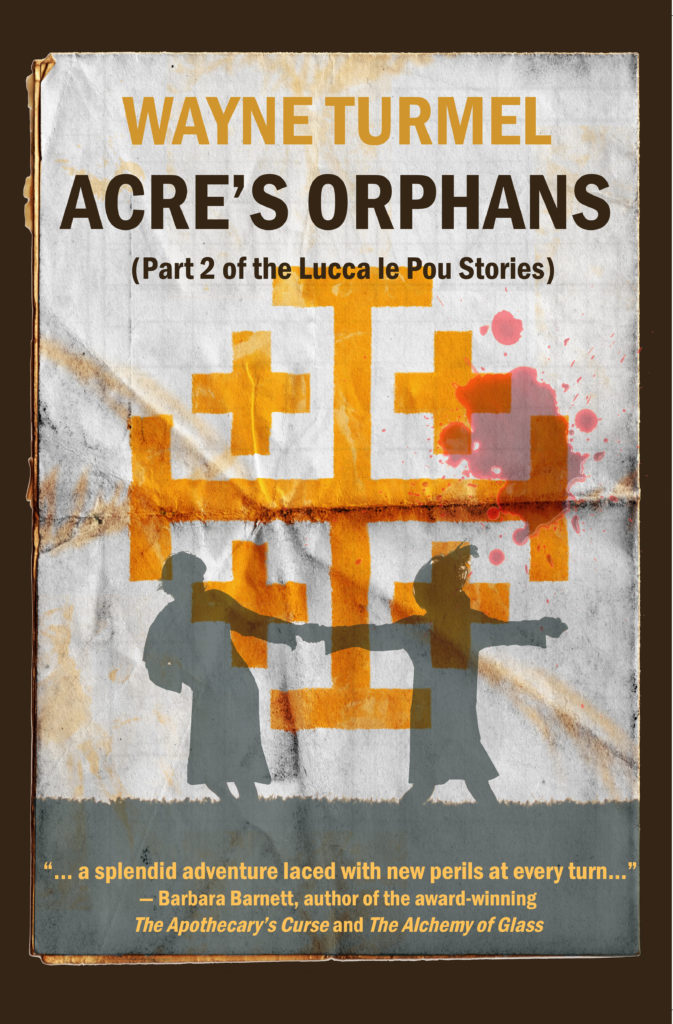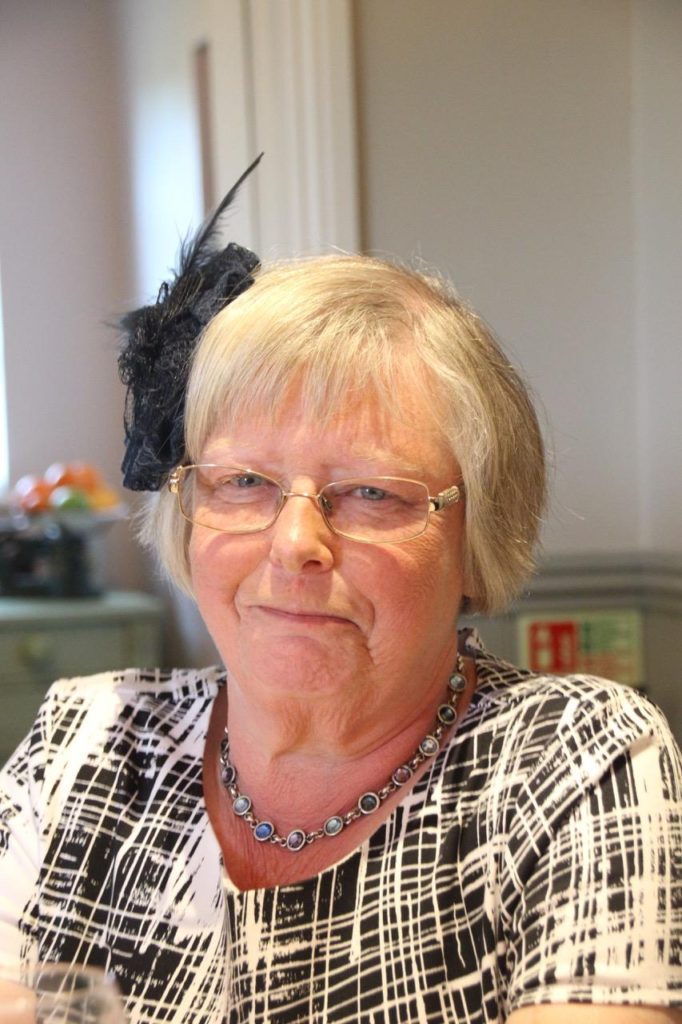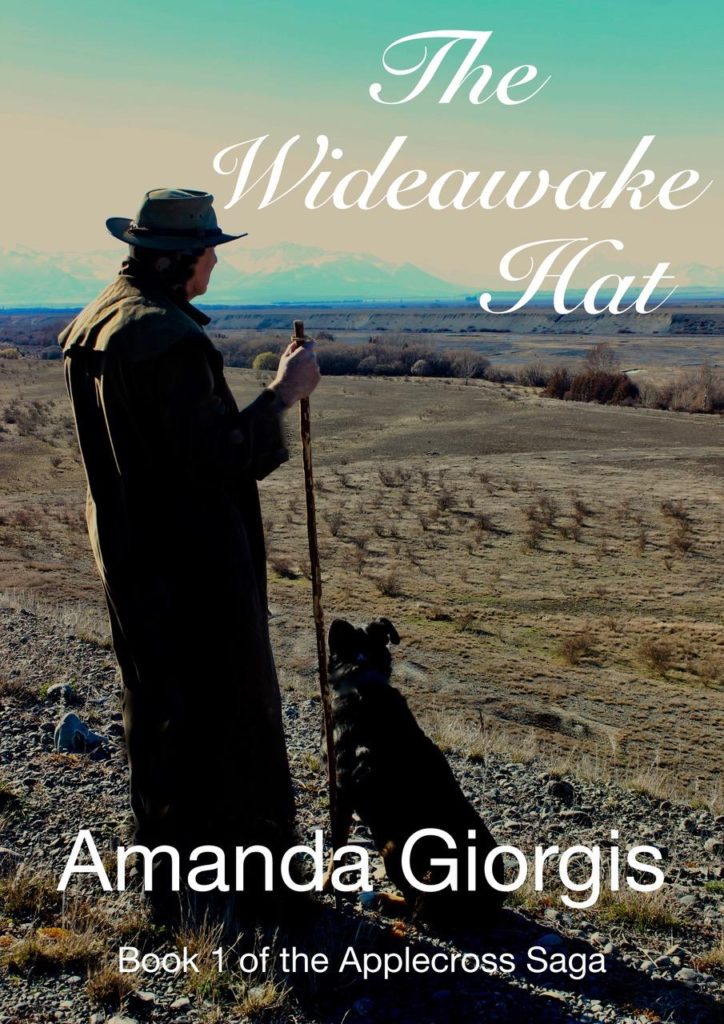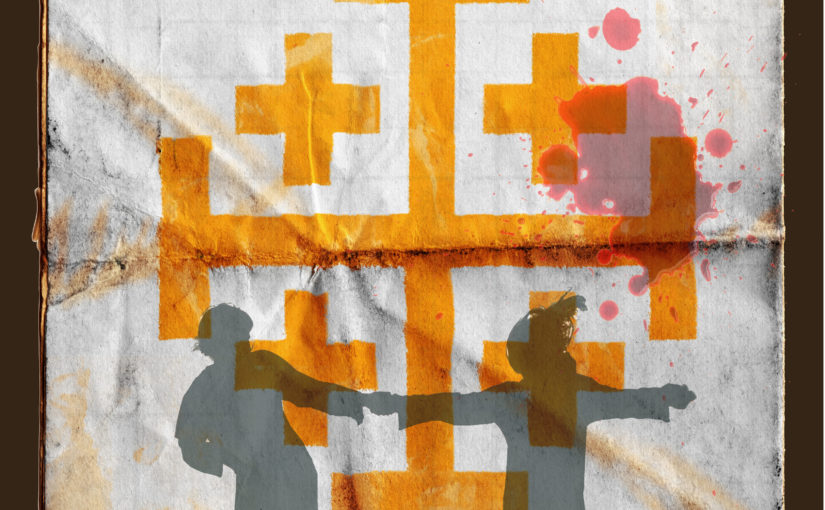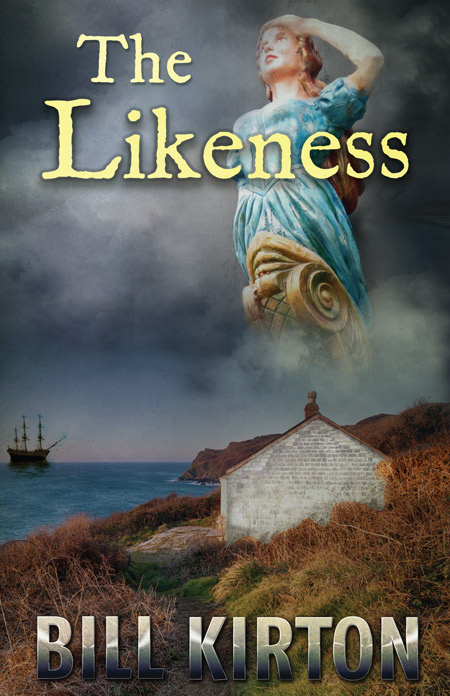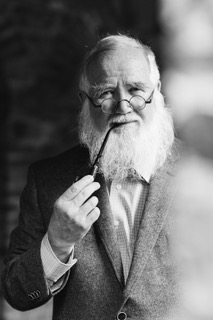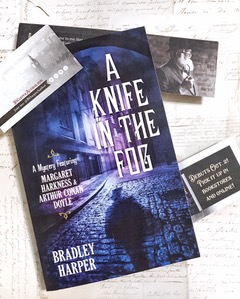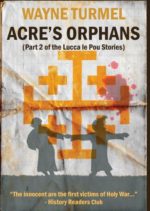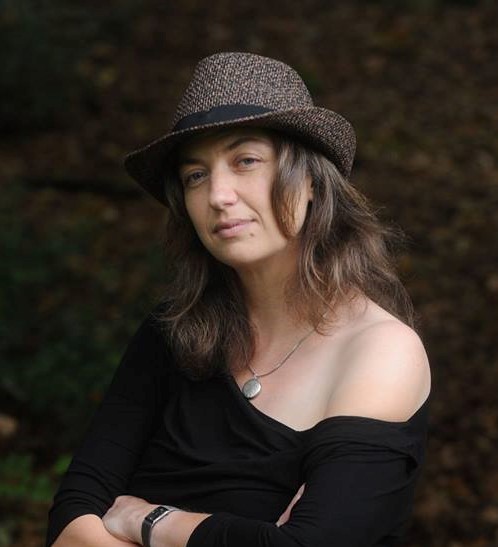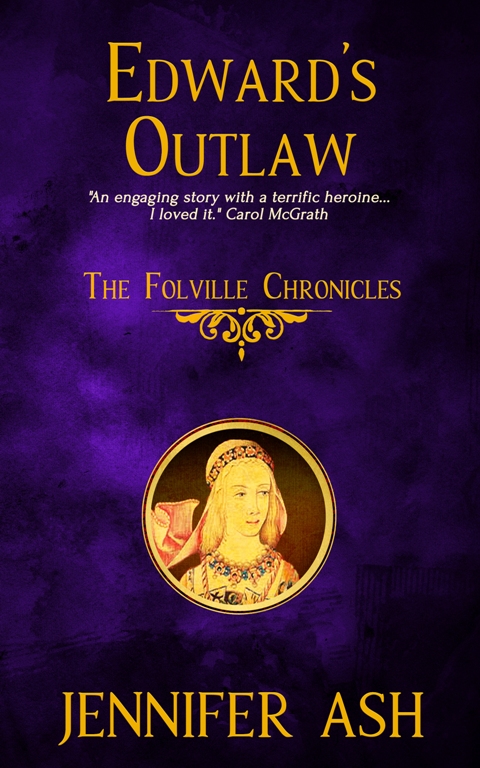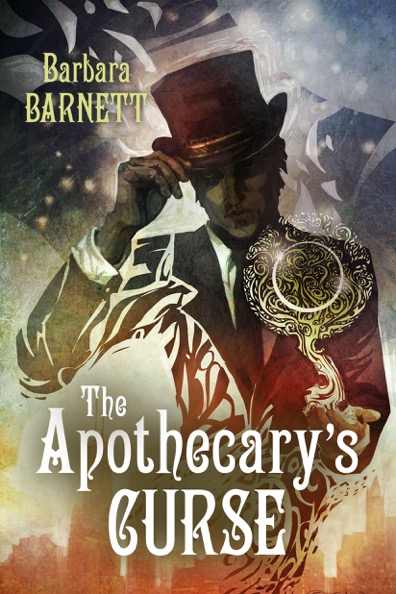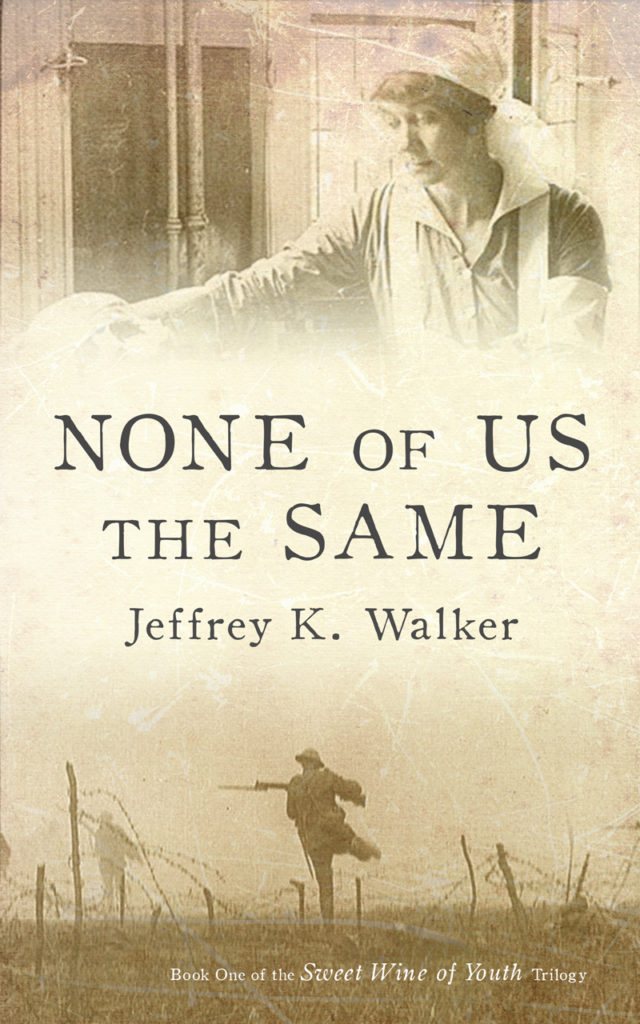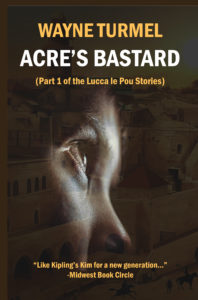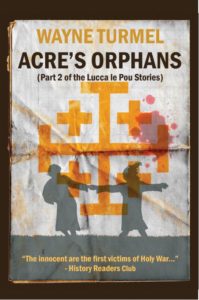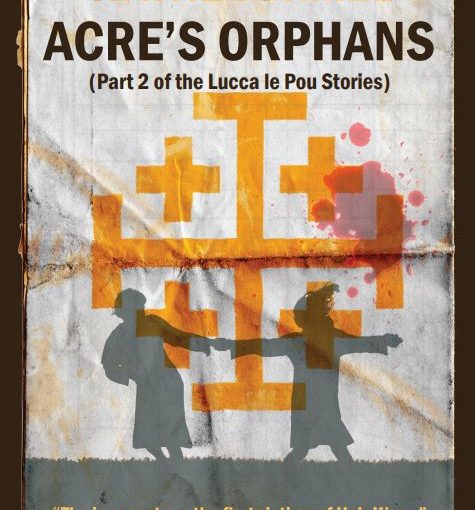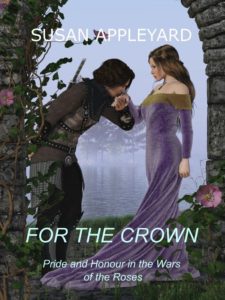Stories were my gateway drug to travel, history and most of what I became curious about as an adult. Whether it was Classics Illustrated comics (yes, I was that nerdy) or Tom Swift books (yes, I’m that old) I always appreciated real history or science in with my fantastic stories. So when people ask me what their kids should be reading, I quote my mother and say, “I don’t care if it’s the back of the shampoo bottle as long as they read.”
That said, there’s a warm place in my heart for people who write
Okay, Barbara, what’s your story?
I was born in England about 250 years

What’s Snap about?
This is the first book in a new children’s series I’ve just recently finished. I loved the idea of mixing my own
Why that story? What intrigued you about it?
I often dream about medieval London, and sometimes wake up thinking that’s where I live. It really fascinates me. I was very young when I first saw the film of Shakespeare’s Richard III, and I was intrigued to know whether this monster from the past was ever really that bad – or not.
Sounds like Nathan and Lucca would get along well. What’s your favorite scene in the book?
Perhaps right at the beginning when Nathan is all curled up in his comfy modern bed, and out of the mist comes a huge hot air balloon with a strange looking man peering over. He’s a wizard, and he tells Nathan to wake up – we’re off for an adventure. Nathan thinks he’s dreaming, but no, it’s all real as he soon finds out. He climbs from his bed into the balloon’s basket, and then it tips and he falls. It’s a long way to fall but he arrives on his feet – back in the 15th Century. And that’s where it all starts. But he certainly hasn’t seen the last of the wizard. The amazement and confusion are extremely realistic. I can just imagine how I’d feel in the same situation. I wish !! To be honest, this scene was largely inspired by my own wish to go on a hot air balloon ride one day. In fact, a friend of mine recently went to a hot air balloon festival and she told me that it was an absolutely wonderful experience. Perhaps I might have to get her to join me? We do both love traveling after all! Watch this space!
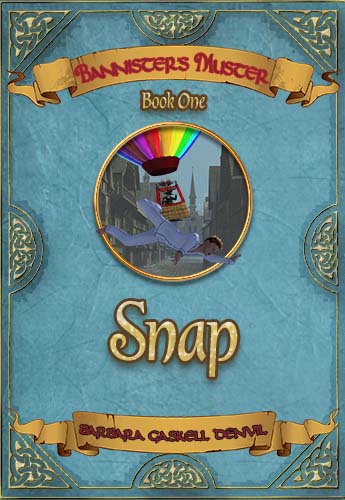
Brewster the wizard is not a nice character, but he’s not all bad either. He suddenly wants to help, but then suddenly wants to spoil everything. It takes Nathan a long time to understand Brewster.
Where can people learn more about you and your books?
All my books are available on Amazon, and this series of children’s books are also available on Audible. How’s that for a goodnight story? Just fall asleep listening to the greatest adventure you can imagine.
BANNISTER’S MUSTER – BOOK 1 – SNAP has won many awards, such as B.R.A.G., Award, CHILL WITH A BOOK Award, DISCOVERING DIAMONDS AWARD, READER’S FAVOURITE AWARD., etc.. Also found on Goodreads and other
Here are some other links:
Website: – https://bannistersmuster.com/
Facebook for the author – https://www.facebook.com/B.GaskellDenvil
https://www.facebook.com/Bannisters-Muster-1458577257506291/ – Facebook page for this book
Not to barge in on Barbara
